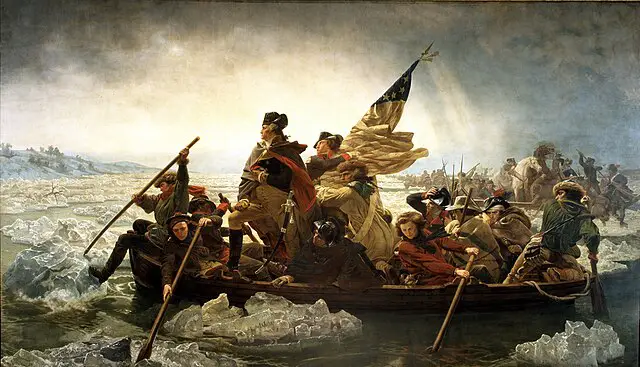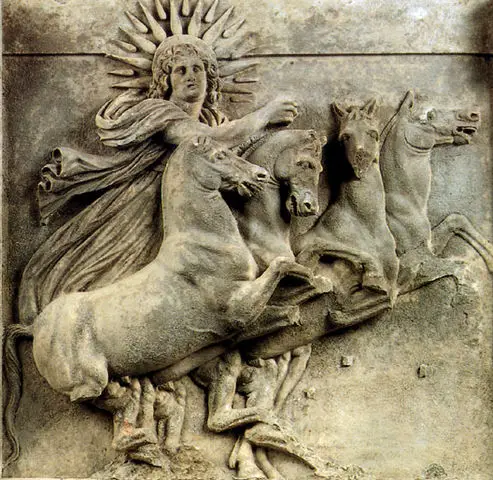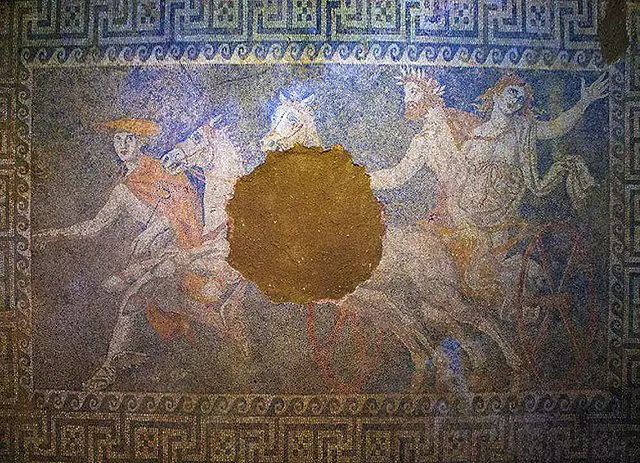| Further Reading | Top 5 Most Interesting Facts About Medieval Society |
When people think of Vikings they often think of men in longships sailing around medieval Europe pillaging coastal towns. However, what many people don’t realize is that often these Vikings were migratory in nature and would often set up infrastructure in places they captured. As such the question remains: Did the Vikings have Inns where people could eat and rest?
The short answer is that no. Vikings did not have inns. This was because of the definition of what an Inn is and the nature of Viking society. Sometimes in places the Vikings would capture there would be traveling inns but this was rare. This is because the Vikings existed almost 200 years before medieval Inns became common across Europe.
The Vikings are considered to have been at their peak between the years of 800-1,100 AD. After the 11th century Vikings started to settle down and create kingdoms around Europe, many of which stand today. This article goes over why the Vikings did not have Inns, rather they had something completely different.
Here at The History Ace I strive to publish the best history articles on the internet. If at the end you enjoyed this article then consider subscribing to the free newsletter and sharing around the web.
Without further ado, here is an article providing an answer to the question of “did the Vikings have Inns.”
Definition Of A Medieval Inn
It is vital that we define what a medieval inn is before we discuss if the Vikings had any.
Simply put this is the definition of a medieval inn: A medieval inn is a place where traveling civic people during the medieval era can find food, drinks, information, and lodging along a road on to their final destination.
A medieval inn is different from a modern inn in two major ways. First, a modern inn seeks to make a profit from people who seek lodging. Medieval inns made their money from selling drinks and food. Second, a modern inn is often the destination point for travelers while a medieval inn is a stopping point along a journey.
Now that we defined what the medieval inn is, here is why the Vikings did not have any.
Vikings Did Not Have Inns Because There Was No Need For Them During The Viking Age
One of the main reasons why the Vikings did not have any inns was because of how society was run and built during the Viking Age (8th-11th century AD).
During the Viking Age the people of medieval Europe lived in small villages and towns which had little interaction with each other. There was no traveling among the peasantry population during this time and the population of Europe was significantly smaller than what it is today.
The Vikings were no exception to this. Across modern day Denmark, Sweden, Norway, and Finland there was simply no need for people to travel between villages outside of some major exceptions.
Instead people would grow up and live in isolated communities which interacted through a small population of traveling people. From the 8th to the 11th century there was a very small population of traveling merchants that would make their way around Europe.
As the Vikings began to capture other lands they would create more isolated villages. This was one of the secrets to the Vikings success, they could create an entire self sustaining community of people.
There simply was no need for an inn as there were not enough travelers to keep the inn operational. This however would begin to change during the late Viking Age as the infrastructure of Europe began to support a larger population.
Towards the end of the Viking Age Europe would begin to spread its power out into other parts of the world. Clergy, nobles, merchants, and even peasants would begin to travel between large cities. With this came a need for inns and other waystations. However, there was only a very brief overlap between the age of Vikings and the age of medieval European inns.
As such, the Vikings did not have any inns. However, they did have something similar.
What Did The Vikings Have Instead Of Inns
While the Vikings might not have had any medieval inns they did have something similar; the mead hall.
Since the 6th century AD the Nordic peoples of Europe had used mead halls as a gathering place for the local community. Nordic communities typically were very small in population and could be fit into one large wooden vaulted building.
These buildings have been called many things depending on the individual culture. To the Vikings these long wooden buildings were called the longhouses and they were locations where the commoner and nobility could gather and eat or drink.
Occasionally a traveler would wander into a Viking town and they would be taken to see the lord/king who lived at the longhouse. These travelers would be given food and drink and allowed to stay at the hall. In essence these mead halls could be considered Viking inns or taverns.
Historians know of the central importance of these longhouses or mead halls from old Viking saga poems that survive to this day. The most famous example of one of these longhalls is King Hrothgar’s mead-hall Herot where the wandering Beowulf defeats the monster Grendel.
Even though the Vikings did not have any inns they did have mead-halls which could have acted as an inn on occasion. However, we don’t have many surviving sources which depict these mead-halls and their direct purpose. Historians have to guess that they were used as gathering places for both the local Viking community and for travelers.
Conclusion
There you have it; a short article answering the question of whether or not Vikings had inns.
The short answer is that they did not. However, when you look at Viking culture you discover the mead-hall which could be a substitute for an inn on certain occasions.
Here at The History Ace I strive to publish the best history articles on the internet. If you enjoyed this article then consider subscribing to the free newsletter and sharing around the web.
Further, you can check out some of the other articles below.
-
How The American Revolution Changed The World

Here is how the American Revolution changed the world. Many people are not aware of just how important this event actually was.
-
Why The Roman People Loved Chariot Racing

Why did the Roman people love chariot racing? Well it all comes down to these 3 reasons.
-
The Design and Color of Roman Chariots

What was the design and color of Roman Chariots? Were they faster or slower then normal chariots? Well here is everything!
Sincerely,
Nick